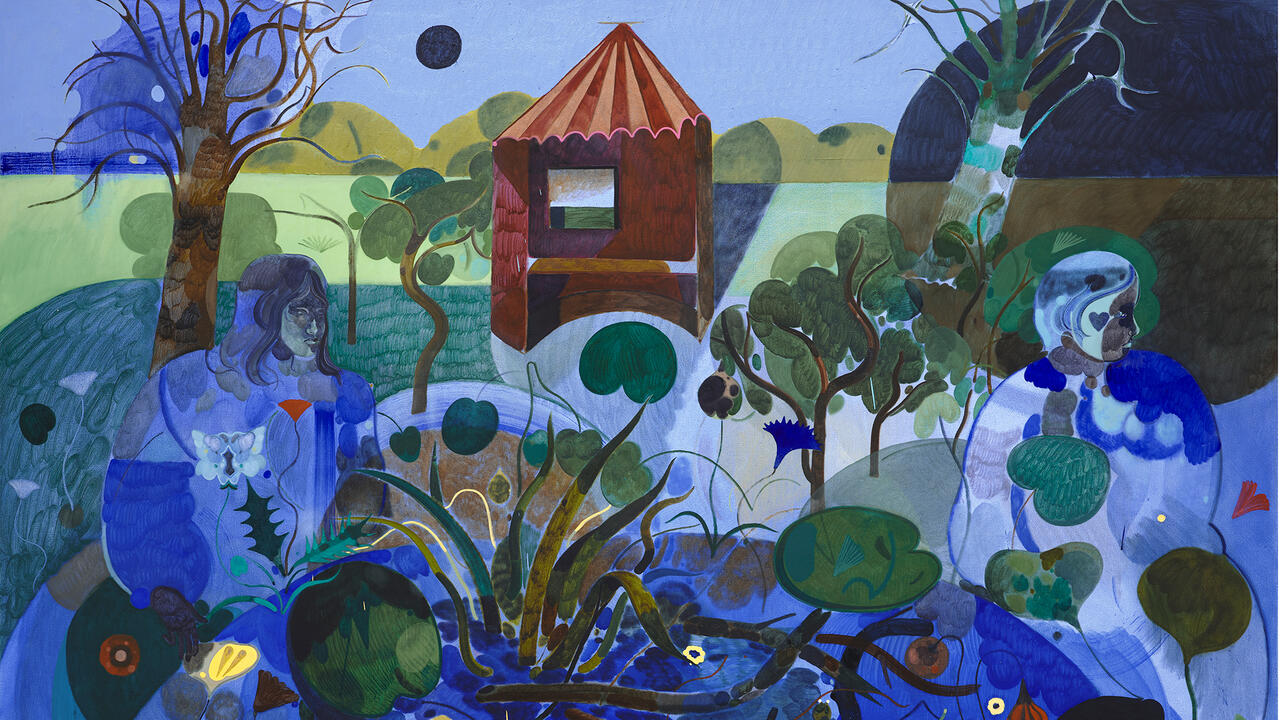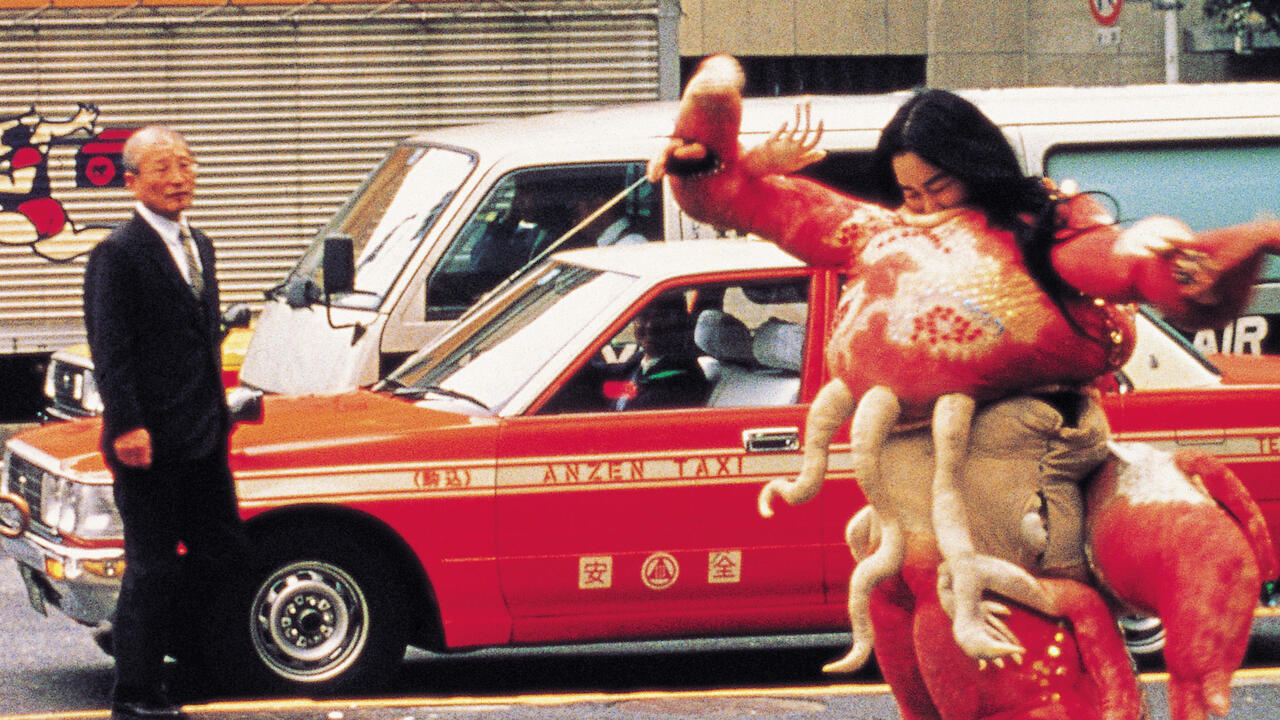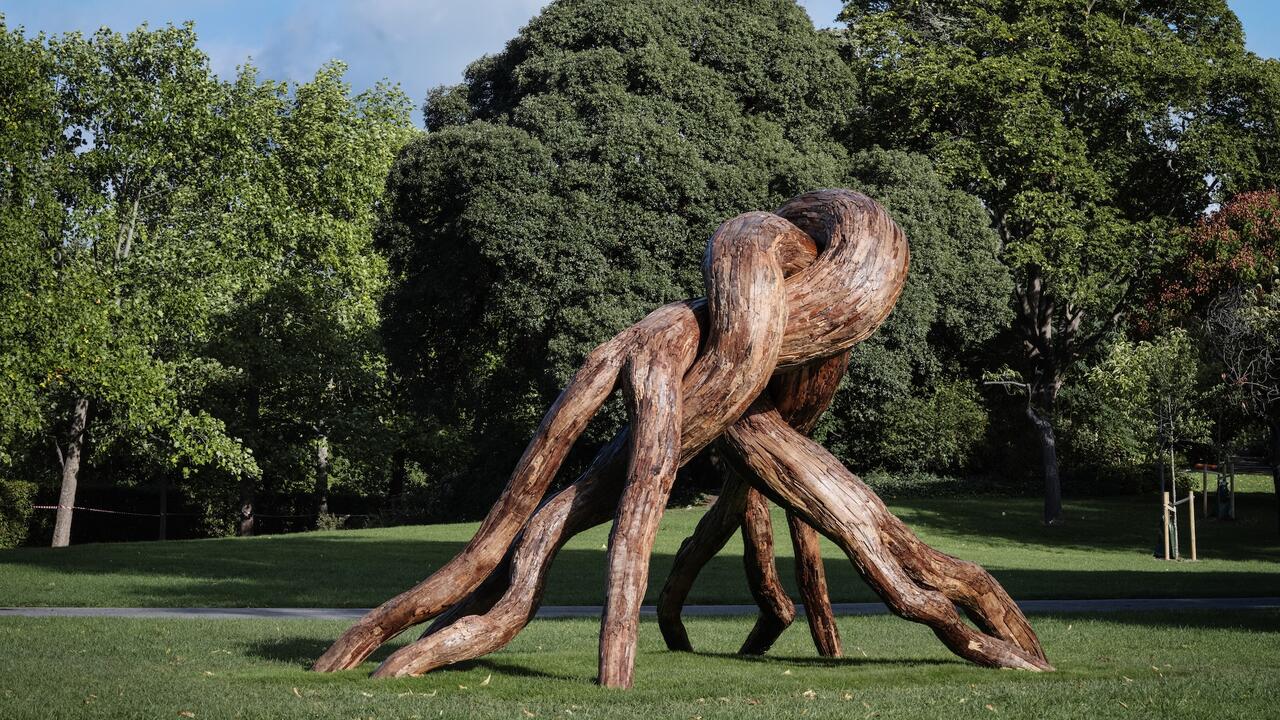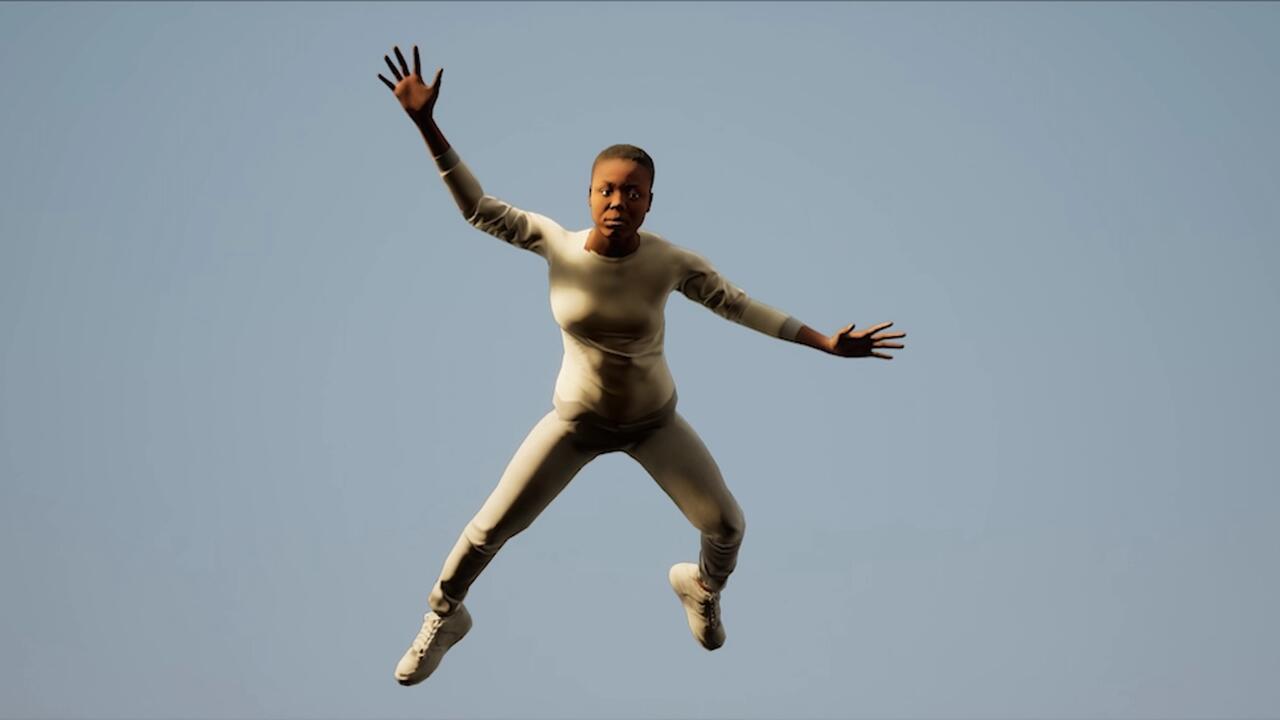Stephen Shore
More an anthology than an overview, the sharply curated ‘The Biographical Landscape: The Photography of Stephen Shore, 1968–1993’ attested to the photographer’s substantial contribution to a new definition of what a landscape is and what it does. As a leading practitioner of the New Topography school of photography, Shore looked inland, mostly in the western states. Here vastness is the norm; the low-slung buildings, parking lots and four-cornered intersections that make up many small towns seem like mere hedges against the massive stretches of land and sky. His photographs distil the profoundly ordinary, the daily moments and forsaken sights that comprise much of the backdrop to American life.
Shore spent his late teens documenting Andy Warhol’s Factory, and his work retains some subtle, lingering influence from that time. Warhol had the raw fascination, even the humility, of a visiting alien absorbing the strangeness of American culture. He paid a different kind of attention to what surrounded him, interpretation jettisoned in favour of unadorned reflection. Shore’s images reveal a Warhol-ian leniency, their content a matter-of-fact record of the world as Shore finds it, using a quiet, formal approach to transform the humdrum into the extraordinary.
This show included early Conceptual pieces, some of them in black and white, and others colour snaps made with Mick-o-matic cameras: experiments with images of time and space and with spatial displacement. In the series ‘Circle #1’ (1969) a man faces the camera from each of the eight points of a compass. Even serried on a wall, they seem set in motion, to form an actual circle. Shore’s next suite, ‘American Surfaces’ (1972), was shot on 35mm in the course of a cross-country trip. Television sets, TV dinners, Jesus, three logs bound with rope that oddly decorate a lobby, a red-velvet-piped throne toilet, the wishfully royal blues and golds of American motel coverlets – Shore captures the uncanny vernacular plainly and clearly. The elegant presentation drains away any hint of mockery, each vignette like a short-short story. ‘American Surfaces’ touches on the unavoidable truth that lurks beneath even the most clapped-out platitudes: looking over this photographic diary of meals ordered, meals eaten and motel beds slept in, of TV shows watched, of other people’s faces, fridges, pets and children, there’s no question of the verities that into each life some rain must fall and that tomorrow is another day.
For ‘Uncommon Places’ (1973–8) Shore switched to a 8 x 10 inch format camera, his subject shifting to the built environment, his aim to ‘show people what they were not seeing’. Cross-country drives through the USA and Canada were again the source, the larger-scale photographs often unpeopled, the effect one of timelessness. Even the occasional bystander seems momentarily rooted to the spot, any action brought to a standstill. Although many images in this and the subsequent series have been shown previously, this exhibition marked the first time Shore made 20 x 24 inch C-type prints on a Lambda printer, and the effect is lustrously surreal. The technique emphasizes the photographs’ integrity as formal arrangements of colour, line and space rather than reportage likenesses. In U.S.2, Ironwood, Michigan, July 9, 1973 (1973) there’s a lush melancholy to the scene, with Canadian Mountie reds a challenge to despondent green and browns, their reflections shimmering on the sodden streets. This colour richness works very well in spare images such as J.J. Summers Agency, First Street, Duluth, Minnesota, July 11, 1973 (1973), which shows an abandoned storefront with the word ‘Calculators’ blocked out in capitals across its top, a small blue and white handbill slumped against one wall, and in the centre a pale blue adding machine, its handle flagged up like a distress signal. Focusing on the grey column that separates one plate of glass from the other, he manages to evoke Edward Hopper without mimicry. Shore’s obvious presence in the journal-like ‘American Surfaces’ evolves in ‘Uncommon Places’ from participant to neutral observer.
The ‘Landscapes’ (1979–90) put Shore at an even greater remove. The two photographs entitled Gallatin County, Montana (1981–2) reveal slightly different views of a mountain meadow with tiny cows grazing, the perspective so giant it could have been a Stegosaurus’-eye view. Paradoxically, the larger he works, the more Shore pares down to essentials. Similarly his man-made landscapes move from the personal and particular to the collective and universal, culminating in scenes that even suggest traces of prehistoric life. The effect of this elegant show was not only to invoke earlier American landscapists (from the Hudson River School painters to early frontier photographers) but also to map out a reverse biography of the American landscape itself.















